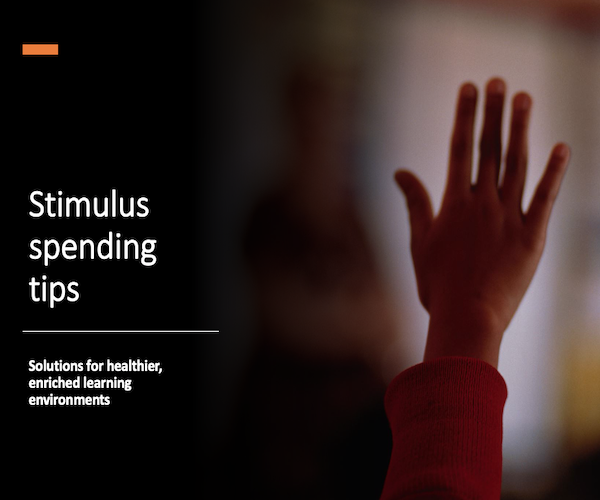
Learning was not lost during COVID; it was interrupted and took new forms, says Matthew Mugo Fields.
Still, educators must redouble their efforts to provide interventions to help all students recover from the disruptions, says Fields, who leads the development and strategy of supplemental and intervention solutions at ed-tech company Houghton Mifflin Harcourt.
Below, Fields discusses how teachers can, among other approaches, transfer intervention strategies from specialized classrooms to general education:
Why does HMH say learning was interrupted—not lost—during the pandemic?
While the pandemic has undoubtedly created disruption for academic learning, we believe the term “learning loss” is narrow deficit language that, in some ways, misdiagnoses the broader set of challenges educators, students and families are striving to overcome.
We believe that it is more meaningful to focus on the fact that interrupted schooling over the past year has impacted learners in diverse ways—both academically and social-emotionally. Therefore, our recovery efforts must prioritize reconnections and relationships along with learning acceleration.
Describe how educators can expand interventions?
Age-appropriate, adaptive and personalized solutions are typically delivered in specialized classroom settings with dedicated teachers, and we are seeing some districts expand their implementations to meet greater needs. Additionally, some schools and districts are increasingly seeing success implementing our intervention solutions in general education classrooms as well.
For example, HMH programs such as READ 180 and MATH 180 have been shown to help students gain up to two years of growth in one year through decades of independent and HMH-conducted research studies.
How are these intervention models extended from specialized classrooms to general classrooms?
This expansion can be achieved in a variety of ways, including extended time, summer programs and more dedicated intervention classrooms and teachers.
More from DA: Why phonics was key in one district’s reading growth
Our software is continually assessing student performance to ensure they are receiving the instruction and practice they need, and includes a range of reports that help teachers differentiate and target instruction. While models vary depending on district needs, digital solutions may be implemented within core classroom settings during individualized learning rotations to drive growth for students who need Tier 2 and Tier 3 levels of instructional support and practice.
Why is providing intervention for every student important for COVID recovery?
The COVID-19 pandemic has resulted in interrupted schooling for millions of students, and we know we need to be intentional and comprehensive in our approach to recovery. Ultimately, we work with educators to assess and support the diverse learning needs within their classrooms—whether students are on-level, below-level, or above-level.
Further, we know the essential role of addressing social-emotional learning and have embedded supports across all of our curriculum solutions. We also know—from decades of research—that these programs are highly effective at closing skills gaps, accelerating academic growth, and promoting social-emotional learning through embedded supports.
Extended access, whether by expanding the number of intervention classrooms or by including the new “Acceleration For All” offering in more heterogeneous settings, will help educators assess needs, tailor instruction, and get students on track to recovery.
How do educators personalize interventions to meet each students’ needs?
Every classroom will need a set of solutions to address the wide range of instructional gaps that exist. With our new “Acceleration For All” offering, HMH’s intervention programs are packaged with our latest AI-driven solution, Waggle, and instructional coaching services proven to help teachers reliably implement personalized learning for students across the full achievement spectrum.
This new offer also includes the HMH Growth Measure, a valid and reliable benchmark assessment instrument used to place students in the appropriate learning solution and measure progress against learning acceleration targets.









